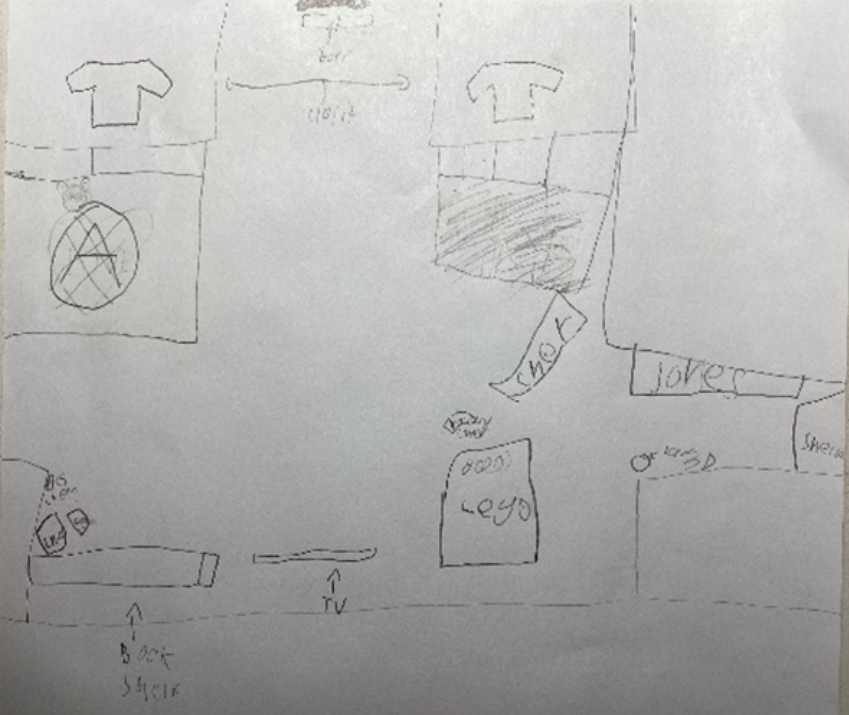Series: Ideas at Work
Chores for Kids Can Help Them Find Math Around the House

With young children at home, there’s always cleaning to be done. So why not include them in completing the chores? If we give children purposeful work that helps them feel responsible, involved, and important, they often are eager to pitch in.
There are different ways we can do this depending on the age of our children. And there are so many ways to support their mathematical thinking while we’re at it. Chores for kids can engage everyone in the household in a little “math all around us” problem-solving.
Chores for Toddlers
Even if you have to follow up after them to get surfaces really clean, toddlers can love tasks like dusting or wiping down tables and counters. Use a spray bottle with water and a cloth. Then comment as you work together to “say what you see” and “say what you do.” This conversational math is an effective way to build their understanding of mathematical ideas in a familiar context.
Spatial relationships are a good focus for the little ones. Describe the wiping motions your child makes. For example, up, down, around, in circles. Use relational word pairs, such as:
- here/there,
- above/below,
- under/on top of,
- behind/in front of, or
- next to/farther way from.
For example, in this video, a 20-month-old child can be encouraged to find the math in what he is doing with the language used by adults.
Hey Judah, great job in getting the dust on top of the long shelf; next to the door! And now you are heading across the room to get at the one on this side!
There are natural opportunities to count, too. You can count the number of sprays of water and the number of wipes. For example, “I’m going to do 2 sprays. Here I go: one spray, two sprays. Can you wipe it clean?”
Chores for Kids 4-6 Years of Age
Older children are ready to take on simple chores such as helping set or clear the table or clean up their toys and belongings. Deepen their understanding by asking questions that invite them use spatial language themselves, such as:
- Which drawer has the silverware in it?
- Where do we put containers that can be recycled?
- Can you get the window-spray from the cubboard under the sink?
When children help you map out the places in the room where things go, they build their sense of responsibility as well as increase their awareness of space and location. Ask children describe where things are in relation to each other.
Not interested in making maps? No problem! Just make a list. Depending on what room you’re cleaning, have children look around and think about what tasks need to be done. Then you can talk about the order of jobs and problem-solve a fair way to divide them up.

If we have 6 things to do, who will do what? Do you want to divide things up equally? If so, how many tasks does that mean we will each have to complete? But are some jobs bigger than others? Could more than one person work on the same chore?
If you have sticky notes (or use small squares of paper and tape), children can help write each chore on a separate note and post them up on a blank wall or door. As more notes go up, the amount of work that needs to be done can be seen. As the discussion about who does what begins, move the notes around accordingly and the finished product will be a clear list of tasks for each person. Then, as the work is completed, notes can be removed, and everyone can watch with satisfaction as the work disappears one task at a time.
Find math in everyday chores for kids and find yourself with a cleaner house at the same time. Win-win!